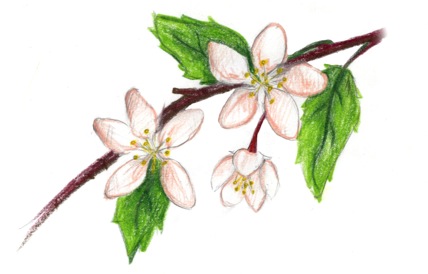The Mad Baker in the Bread Lab
Walk past any college laboratory and you could probably identify the subject at hand by the smell. The chemistry lab reeks of chlorine and sulfur, the biology lab sends off whiffs of formaldehyde, and even the botany lab smells earthy, fruity, and sometimes sweet. But never have such wonderful odors come from a lab until you pass something called the Bread Lab!








